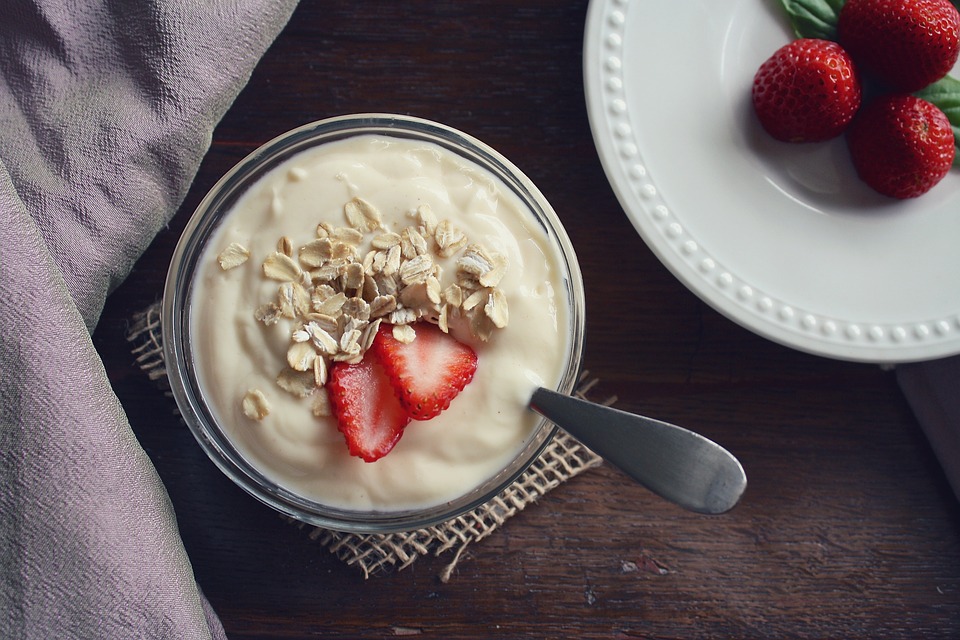Whether you’re dairy-intolerant, catering for vegans or simply going dairy-free for a change, we have three delicious takes on traditional milk-based products to try at home.
Soy yoghurt
Most commercial soy yoghurt is notoriously unhealthy, and often unappetising. Filled with sugar and guar gum, it can feel more like you’re eating a slimy version of instant pudding than an healthy cultured food. But making your own thick, creamy soy yoghurt is easy. Using a regular plug-in or ‘Thermos-style’ yoghurt maker, swap the dairy milk for soy milk, and stir in 5 tablespoons of commercial soy yoghurt as your starter. Make a slurry of 1/8c of soy milk and 2 tablespoons of instant soy milk powder (if you can’t find this product at your local health store, it can be ordered online). Whisk the slurry into the soy milk and starter mix, and leave in the yoghurt maker to culture for 12 hours. Use some of your finished yoghurt as your next starter. Note: if you’re using flavoured commercial yoghurt as your starter, the flavour will disappear after your second batch of soy yoghurt, and your homemade yoghurt will become pleasantly tarter over time.
Dairy-free cheese
Dairy-lovers wanting to make the switch to dairy-free products usually find the biggest challenge is the cheese. Full of flavour, cheese is used in so many dishes, yet there really is a delicious, grateable, sliceable, meltable alternative out there – and it’s so easy to make. The secret ingredient is agar, a one hundred percent natural product made from seaweed. When boiled in liquid, the agar swells, holding other ingredients together into a soft block. Best of all, once it’s reheated, agar melts, which means your vegan cheese is just like a creamy cheddar. While recipes for vegan cheese abound, we’ve done the hard work for you by making and testing this scrumptious paprika cheese from One Green Planet. Use it in toasties, on pizzas and as a grilled topping on jacket potatoes.
Soy milk desserts
Agar is the secret ingredient in a whole range of dairy-free desserts and, in most cases, can be used where gelatin (an animal based product) is required. Remember these key points on how to use agar, and in no time at all you’ll be on your way to creating your own recipes:
- Agar must be brought to the boil, then simmered for 5 minutes before it activates (thickens).
- Agar can be boiled with any liquid such as flavoured water, milk, or fruit pulp.
- One teaspoon of agar powder sets 1 cup of liquid firmly. Use this ratio to make a jelly.
- Halve the amount of agar per cup of liquid to make a softer, whiskable desert such as a flummery.
Check out these fun dairy-free dessert recipes at One Green Planet
Top tip
Agar comes in several forms including powder, flakes and (outside of New Zealand) bar. Most of the agar available in Kiwi heath stores and supermarkets comes in powder form. When a recipe calls for 1 tablespoon agar flakes, use 1 teaspoon of powder instead.











Join the Discussion
Type out your comment here:
You must be logged in to post a comment.